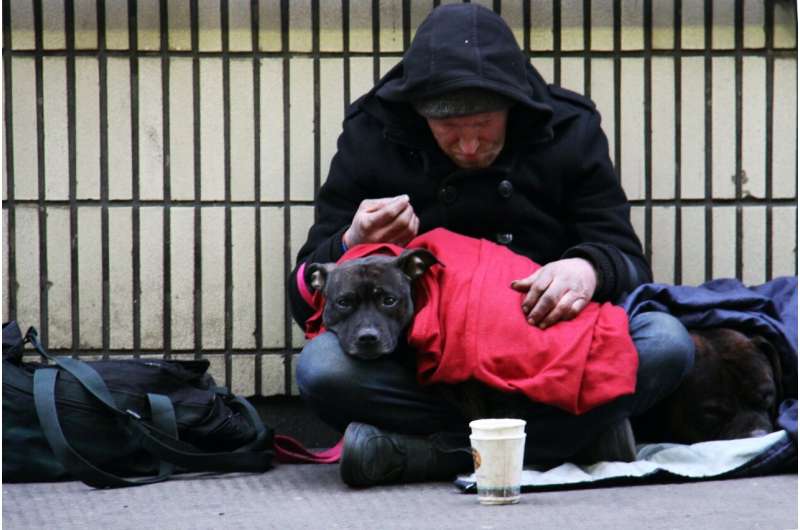This article has been reviewed according to Science X's editorial process and policies. Editors have highlighted the following attributes while ensuring the content's credibility:
fact-checked
proofread
Evaluating homelessness empathy through virtual reality among dental students

A study aiming to determine experiential impact on student-empathy in relation to timing of when they experienced a VR-simulation of homelessness was presented at the 102nd General Session of the IADR, which was held in conjunction with the 53rd Annual Meeting of the American Association for Dental, Oral, and Craniofacial Research and the 48th Annual Meeting of the Canadian Association for Dental Research, on March 13-16, 2024, in New Orleans, LA, U.S.
The abstract, "Evaluating Homelessness Empathy Through Virtual Reality Among Dental Students" was presented during the "Late Breaking Abstracts I" Poster Session that took place on Thursday, March 14, 2024 at 3:45 p.m. Central Standard Time (UTC-6).
The study, by Tracy Lynn de Peralta of University of Colorado School of Dental Medicine, Aurora, U.S., included a population of first-year DDS students and was conducted during the 2023 fall semester of a public health course. The public attitudes about homelessness validated-survey from the literature was implemented using Qualtrics and was distributed to 81 students via QR code after completion of their VR experience.
The survey used 24 items on a 5-point Likert scale that measured unhoused-empathy. Ordinal data was analyzed using SPSS to determine significance with the Student T-test to compare means between one group who completed the VR experience prior to visiting a federally qualified health center and completing an in-person poverty simulation (group 1) and another group who completed the visit and poverty simulation prior to completing the VR experience (group 2). A response rate of 91.4% (n=74) was observed.
Out of the survey-items, four items measured statistically significant changes in empathy after the VR experience. These items include a reduction in compassion (t=-2.121, p=.04), reduction in trust of unhoused people (t=-2.676, p=.01), belief that unhoused people spoil shared public parks (t=-2.205, p=.03), and reduction of the belief that unhoused people have the right to sleep in public open spaces (t=2.007, p=.05).
While participants were empathetic to unhoused populations, empathy dropped for those who completed the visit and poverty simulation prior to completing the VR experience. Future research will include collection of qualitative data to better understand significant decreases in empathy after targeted educational experiences have taken place.





















